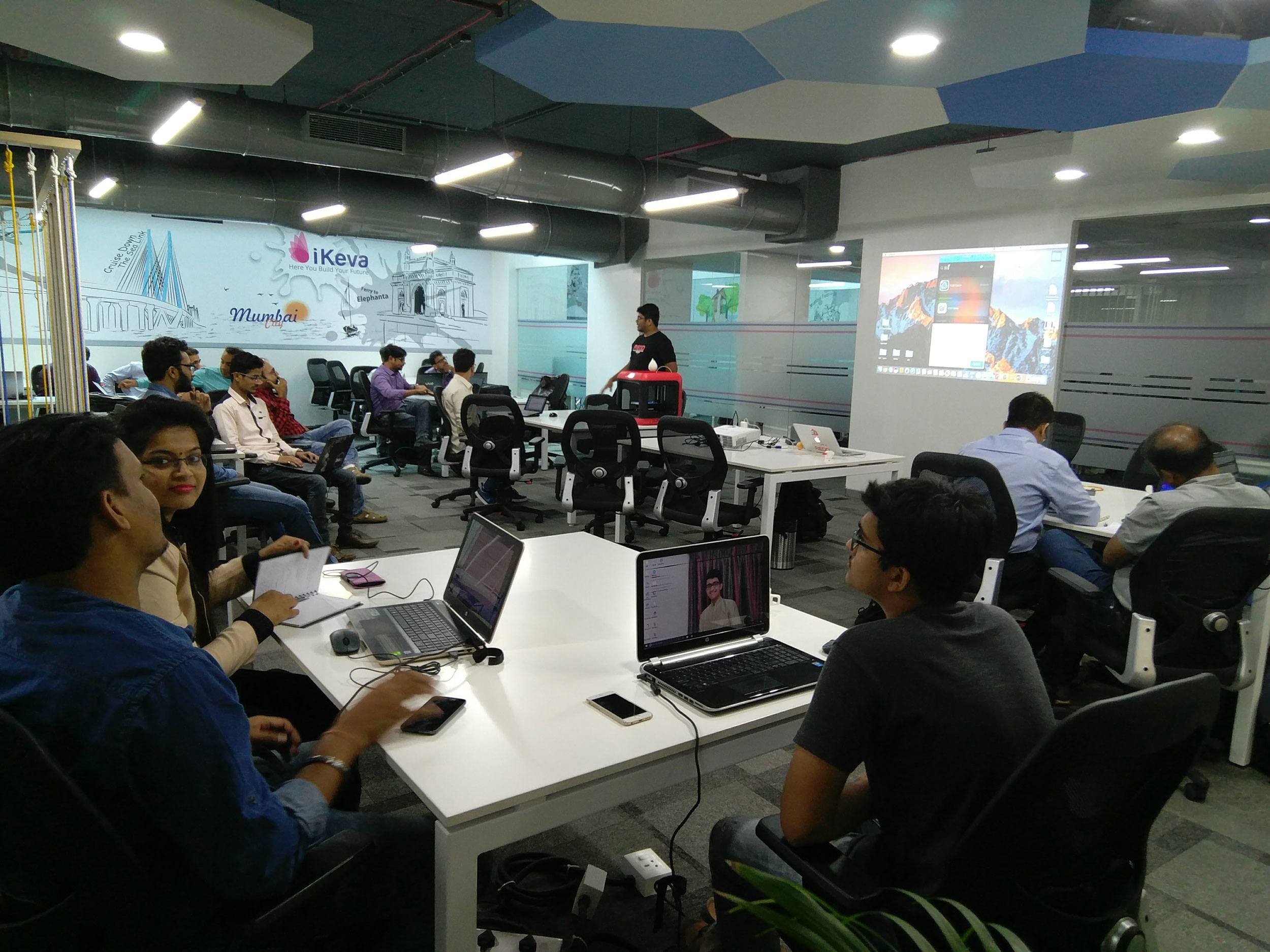
The shared office space model trend is a growing alike among startups and large enterprises. Leasing a shared office space promotes collaboration, it furnishes opportunities to share ideas with other people. The obvious advantage of the model is cost sharing – the expense associated with lease, office infrastructure, and other CAPEX is brought down. However, is that the only reason why coworking spaces appeal to large enterprises? Why is there a rate in increase of adoption in coworking space at Bangalore, Chennai, Delhi and other metropolitan cities? As you will find out, adopting this model provides a host of other benefits:
Nowadays, there is a demand for shared office locations closer to their customer locations. Setting up a full-fledged office in a location where every customer resides is not pragmatic. Having understood this, large enterprises also look at project-based sites in a shared office. Such sites require small budgets and provide greater return on investment. It is noticed that large enterprises setting foot in large Indian cities are capitalizing on shared office space in Chennai, Bangalore, Pune, Hyderabad and many other metropolitan cities.
Sharing office space allows businesses to test new markets with relatively little risk. The example of a multinational oil company is relevant here. The company used a shared office space to run a new market idea. It put together a creative project team consisting of 13 managers from the company and people from adjacent desks. In a few days, the company was able to come up with a set of new ideas to give shape to a new business offering.
In a multi-line business, it is important to highlight the company’s brand value in all parts of the world where it intends to conduct business. Engaging the shared office space model, small operating units can be set up in strategic locations. They may or may not follow different business models depending on the requirement and may have personnel working remotely. While such units do not generate huge revenues, they do not require large investments either. Thus, large enterprises find this a cost-effective method of sustaining their brand.
According to DeskMag’s annual Global Coworking Survey, coworking spaces have been shown to boost the confidence of 90% workers due to the supportive community, as compared to a traditional office. Working from home can be isolating and working in public spaces is distracting. However, motivation and inspiration are always high in a shared space. Members can offer expert advice to each other and learn from informal conversations. Such spaces are based on three factors – participation, open-mindedness, and sharing.
Commonly, traditional commercial leases involve signing long-term leases for up to 24 months. The space leased out is also far more than actually required by the enterprise. Large enterprises that find themselves sitting on under-utilized office space which they cannot release because of the lease period, are increasingly opening them up to coworking. In this way, they can free up cash and increase their working capital.
Large enterprises have started engaging with other local companies by using shared office spaces in Bangalore, since it is onc of the most vibrant business location to start a new business.
Shared office space models have increased by 400% in the last two years due to two very important benefits they can offer – collaboration and community. This trend is set to be the primary means of exchanging know-how for major enterprises.
There are several startups and businesses in Mumbai which are operated from home. In the initial days of startups, the…
For youngsters the world is varied and huge, yet to be discovered. There’s generally so much more to do that…
At iKeva, we pride ourselves on being a vibrant, fun and creative community that reaches way beyond just our workspaces.…